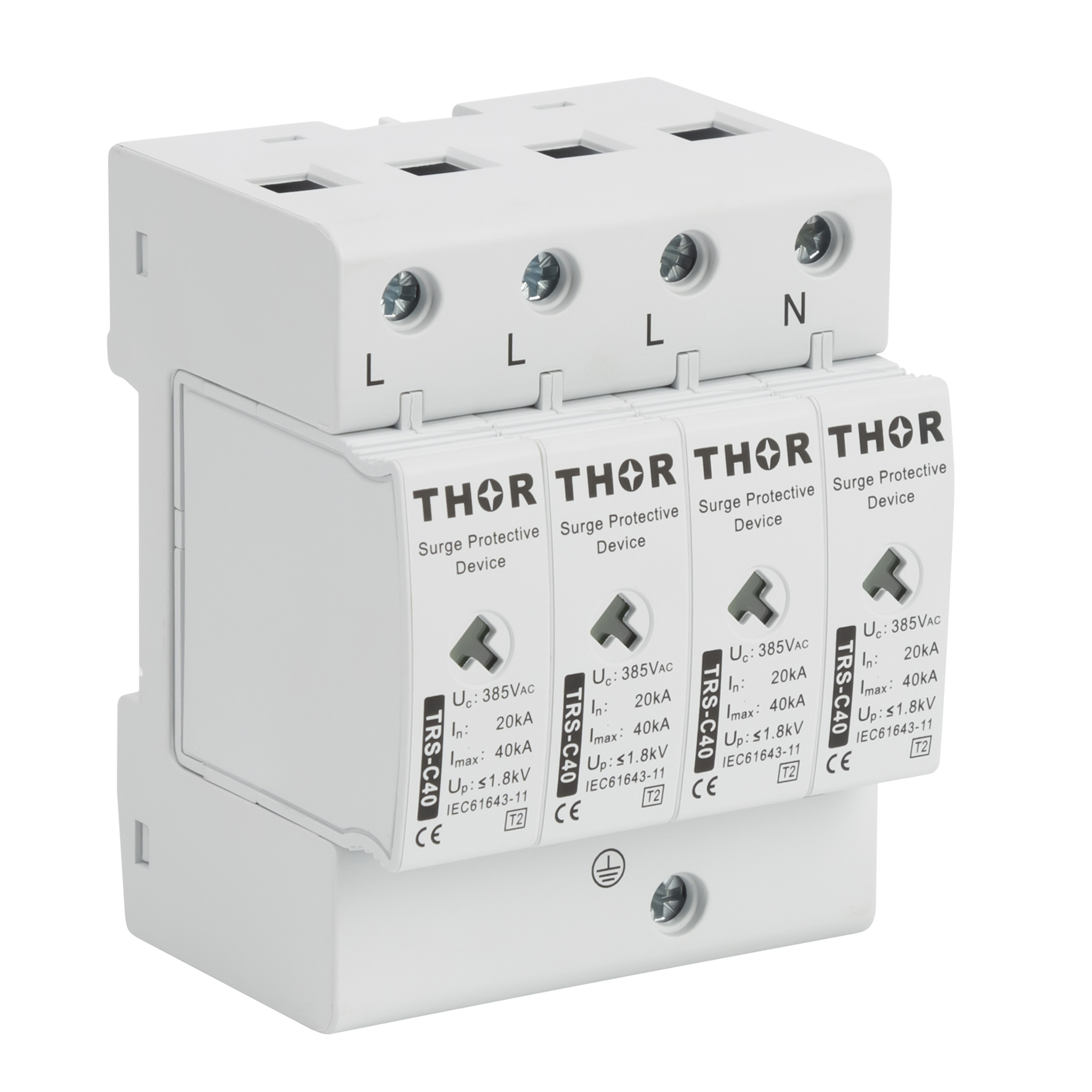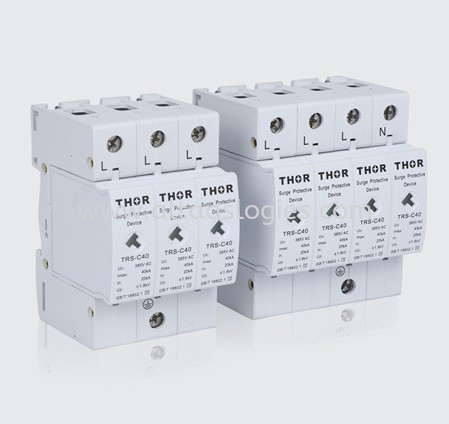Regular Inspection
Conducting a Routine Check for a Surge Protector’s Performance
Routine checks of surge protectors should be done at least quarterly to ensure that the devices remain functional and their performance levels align with the expected ones. The easiest way to do this is to check the protector’s status or diagnostic lights. Most models of the surge protectors include an LED or a set of light indicators that show whether the unit is still functional and providing protection. The most important difference between a faulty surge protector and a working one is the absence of this light. If there is no green light in the surge protector, it either did its job and perished from a surge of high voltage or degraded with use, but still needs to be replaced.
Measurement of Clamping Voltage
A clamping voltage is the maximum amount of voltage the surge protector will let in your appliances before it stops the rest of it. To monitor this parameter, use a regular multimeter and test whether the clamping voltage of the surge protector is within the declared range: typically, it varies from 330V to 500V. The test will show that this metric aligns with the manufacturer’s specifications.
Checking for Physical Damage
Visually inspect the surge protector for any nares or cracks in the body or its outlets. This is usually a telltale sign of the degradation occurring within the surge protector, which may transition to the point of failure if not detected via cracks and defects early. Thus, the thinking is straightforward: if the surge protector is broken, replace it to avoid further damages and future hazards.
Checking the Power Cord
Check the power cord for cuts, loose insulation, and nipple cuts. A faulty power cord can dramatically decrease the surge protection efficiency of this device, and in the case of a concealed power cord defect, can become a massive fire hazard for your home. Therefore, test the resistance in the cord using an ohmmeter.

Simulate a Surge
Using the surge generation box, simulate a surge of electricity of different magnitudes to test whether the surge protector still works and has not perished from its last work. Record the time of the response and voltage right after the surge to the work recorded while setting the surge protector up.
Environmental Considerations
Check the position of the surge protector. Ensure that it is not in humidity or on heat as the latter will decrease the lifespan of its components significantly. If inside, ideal humidity and temperatures settings are 50% to 70% and 75F or 23.8C respectively. Also, to avoid overheating, keep the surge protector away from the sun. Finally, ensure that there is good ventilation around the surge protector.
Clean and Dust-Free
Establish a Regular Cleaning Schedule
In order to ensure that dust does not accumulate, thereby impairing the functioning and creating a fire hazard, you should make cleaning them on a regular schedule. A good rule of thumb would be to clean your surge protectors every six months. If you notice that your working area is very dusty and objects on your workplace quickly accumulate several layers of dust, and then consider cleaning the surge protectors every month.
Use Appropriate Cleaning Techniques
Unplug and power down your surge protector. Next, use a can of compressed air to blow from the outlet and the body of the surge protector any dust that was stuck there. Do not use cloth or anything wet on the surge protector. Sprays are also not the best cleaning solution, because the moisture can build up inside.
Check for Blocking Objects
In order to avoid overheating and possible malfunction of the surge protector, check to see whether anything is blocking its air vents. Make an effort to ensure that the entire unit is free of obstruction with each cleaning. On the other hand, if you notice that whatever is blocking the vents will not be moved, you can try to reposition the unit.
Reposition if Necessary: If your surge protector is located in a place where it fits very hardly, consider repositioning it. As a matter of fact, proper positioning of a surge protector can significantly prolong the lifespan of your unit, because if it stays cool, it will not burn out.
Monitor Environmental Factors
Make sure that you do not keep the surge protectors in an environment where humidity level is high. Try to keep them in an area where humidity control will ensure that condensation will not occur within the unit, for it is likely to cause a short circuit. You can do that by keeping your indoor humidity below 50% at all times in the problem area.
Avoid Exposure to Contaminants: You should also protect the unit from the exposure to chemicals or other types of pollutants, and metal particles in the air. If the surge protector is used in an industrial setting, make sure you use a cover for it.
Avoid Overloading
Using a surge protector is all about maintaining the proper capacity limits and overloading it with too much power. You should be aware that for measuring these capacity limits, you will have to use amperes surge protectors have their capacities measured in. That means that you should take into account the combined amperate load of the power plug for every device that you are connecting. If the surge protector is rated for 15 amps, the total load of all devices connected to it should not exceed this limit. To calculate it then there are a few steps to take:
- Calculate the load of all devices that you are going to connect to the surge protector before plugging them in to ensure that it does not get overloaded.
- The corresponding amperes for each particular device should be listed on the device, or you can also check the device’s user guide.
- Add these amperes then make them sure they are not above the maximum rated load.
Consider the following example. You are going to connect a computer that requires 3 amps, a display that is rated 1.5 amps, and a printer that says 5 amps on its power plug. To use a surge protector, you should get the one with at least 9.5 output amps.

It is also possible to use several protection units and ensure that low-load filtering devices get isolated from the high-load additions while distributing across several surge protector units. Some of the ways to do it are to:
- Avoid plugging high-load devices in one surge protector and instead distribute them across multiple low-load capacity units. That way, you will ensure that none of the high-load devices is affected by power surges and fluctuations. Some high-power equipment may even require a dedicated power plug or even a power line;
- You can begin re-checking your daily power distribution setup if you are connected new devices. It does not reduce an existing load, but it helps avoid accidental overloads;
Any time you are overhauling these power requirements and upgrading newer devices, like modern laptops need about 8.5 amp output, you should upgrade a surge protector too.
Update As Technology Advances
Stay Informed on New Surge Protection Technologies
Technology changes rapidly along with the ways to protect it against electrical surges. Keep yourself up-to-date on new surge protection technologies and standards of their work. New surge protectors may include newly developed features such as USB ports for charging your phone or protecting your wired networks which were extremely rare or simply non-existent in the older models.
Evaluate Addressed Relevance to Your Needs
Check which new addressed features are of relevances to you as sometimes they are nothing but nice and handy in usage. For example, a modern feature to control the electricity flow and sob usage would be of extreme importance and usefulness. Most surge protectors with this feature have an app on your smartphone or iPhone which allows switching off the plugged-in equipment and controlling the electricity flow with your phone through a Wi-Fi connection.
Check with the Specified Space for Relevance to Your New Needs
The surge protector and the plugged-in appliances may become incompatible if you ensure them in new and more sophisticated devices. Check with the new space shield regarding the devices’ requirement to voltage and current and whether it meets this requirement.
Consider the Increased Need of Protectors
If you add more high-tech equipment to your previously assembled power point, you may need to add more surge protectors. For example, a built home office may have several computers, printers, and sets of communication equipment from different providers. In such a case, the home office requires installation of additional surge protectors.
Regularly Update the Surge Protectors
The surge protectors do not work forever, and over time their protective components are destroyed while protecting them from severe surges. Replace the surge protectors every three to five years even if the protection remains unused. If they have protected you from a major electrical surge, immediately replace them.
Upgrade to Standards Implementing Higher Security Practicing
Upgrade the surge protectors to the model with higher security. The standards include new UL standards or blades with a higher healthcare rating.
Check for Damage Regularly
Establish a Regular Inspection Protocol
To ensure your surge protectors are always in top working condition, establish a regular inspection protocol. Inspect each surge protector every three months for signs of wear, damage, or failure. This includes checking for discolored outlets, melted plastic, or unusual smells, which could indicate internal damage.
Document and Track Findings
Create a log to record the condition of each surge protector during inspections. Noting changes over time can help predict potential failures and replace units before they cause damage to connected devices. This log should include the date of inspection, observed condition, any actions taken, and planned follow-up.
Physical Screen for External Damage
Carefully examine each surge protector for any physical signs of damage, cracks, breaks, or loose components. Physical damage is a primary indicator that a surge protector may not operate correctly under stress.
Check Mechanical Operation
Check the operation of all switches on the surge protector and beaker to ensure smooth operation. Sticky or non-responsive switches may indicate internal damage or corrosion.
Internal Component Inspection
Most surge protectors come with indicator lights that determine the state of protection of the unit and the ground.. Make sure the lights indicate correctly— if an indicator light indicates a problem, it is no longer preferable to provide surge protection.
Use of Electrical Inspection Tools
For a more detailed examination, use a multimeter to check the continuity and resistance of the surge protector. A surge protector that is highly resistant or open to continuity is compromised and needs to be replaced.
